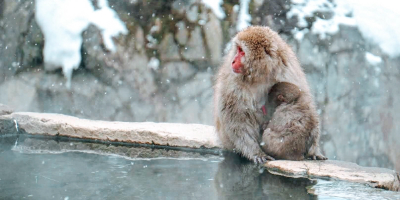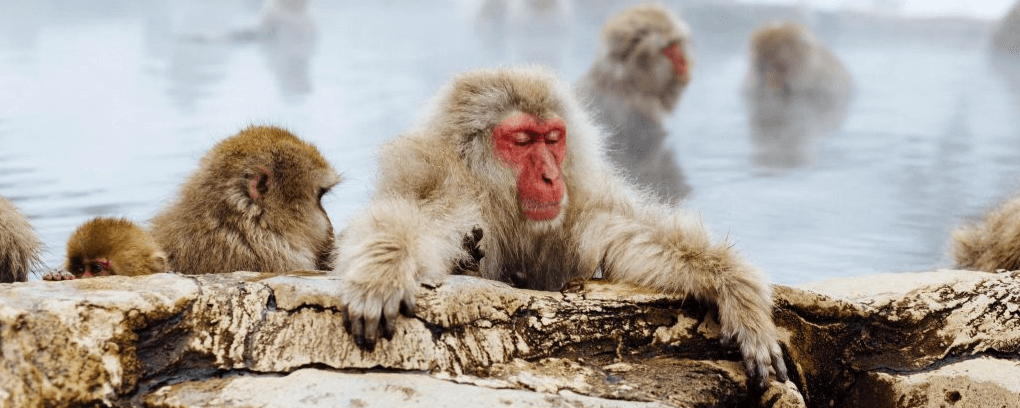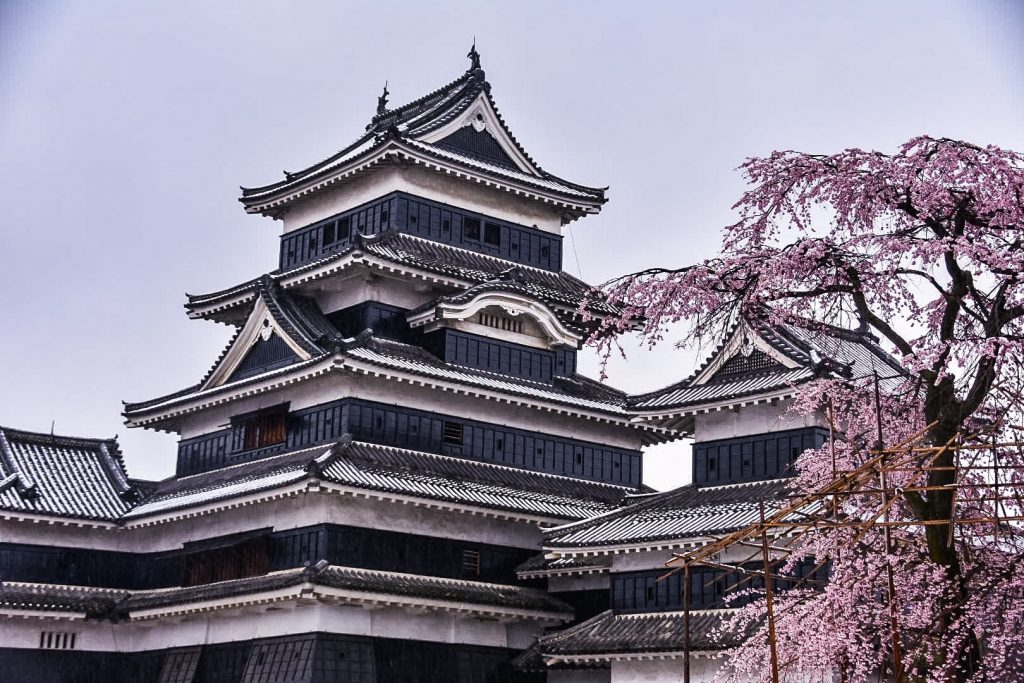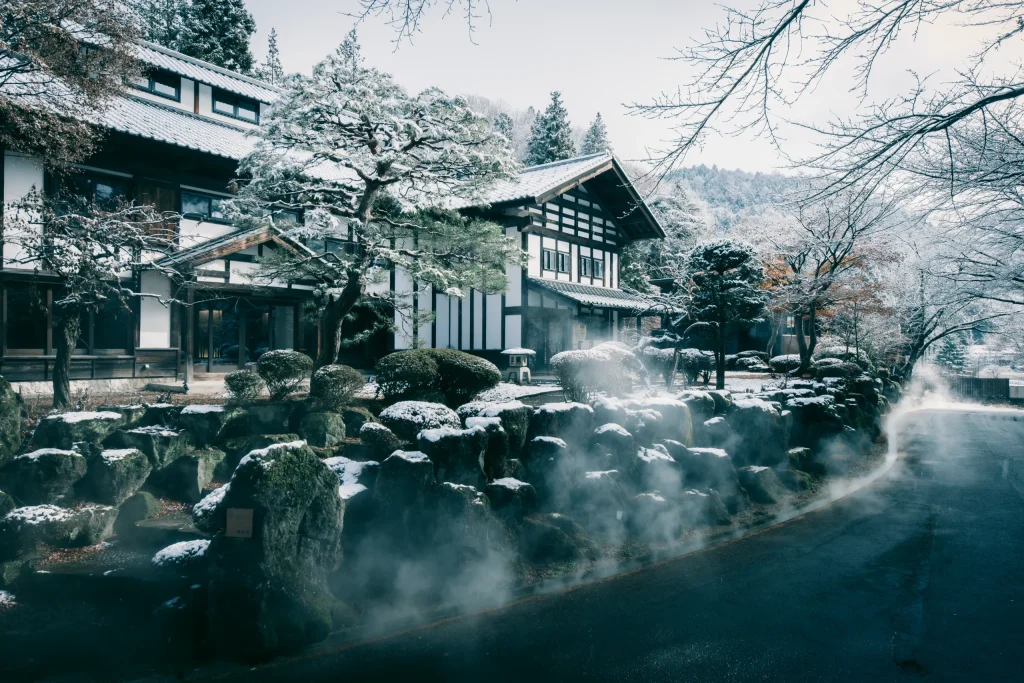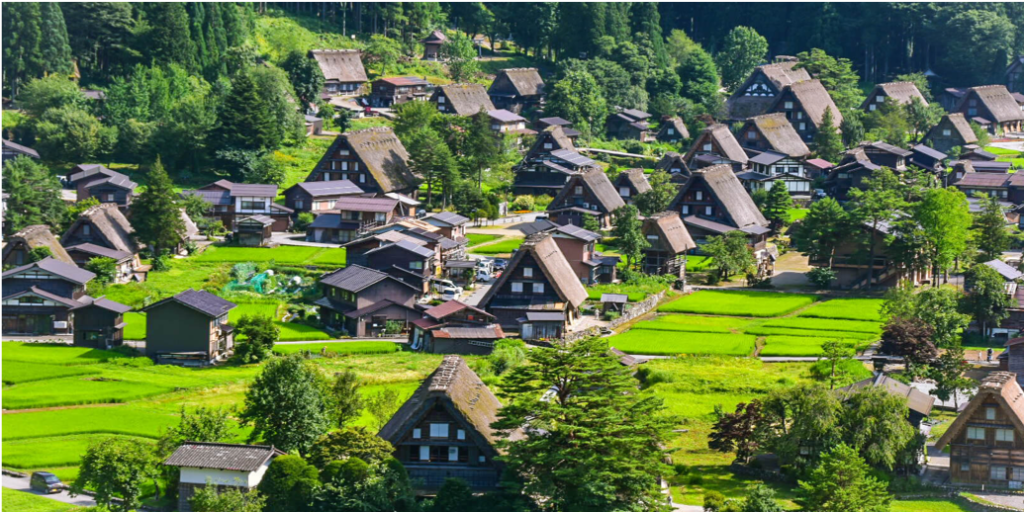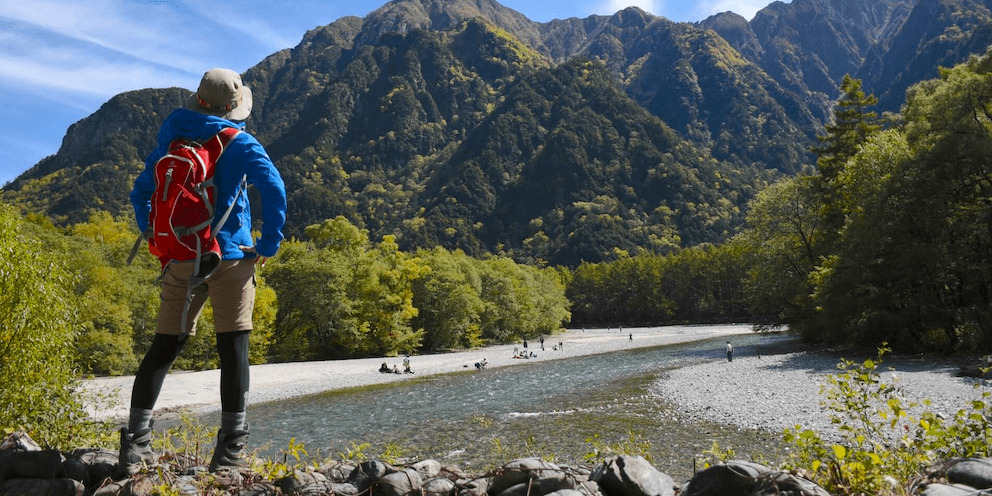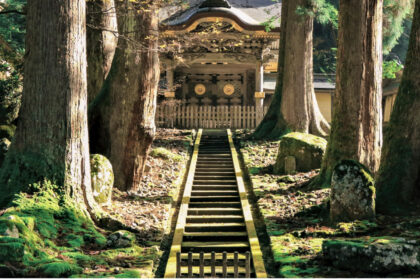The park is accessed via a 1.6km/1 mile forest trail starting from Kanbayashi Onsen. The trail is well-maintained and takes most visitors 25-30 minutes to walk (in each direction). In winter, the trail is likely to be affected by snow and ice, and visitors should proceed with caution. Reasonable mobility and good quality footwear are required to walk the trail in winter. Winter is the most likely time to see the monkey soaking in their hot spring – one of Nagano’s most curious and memorable experiences.
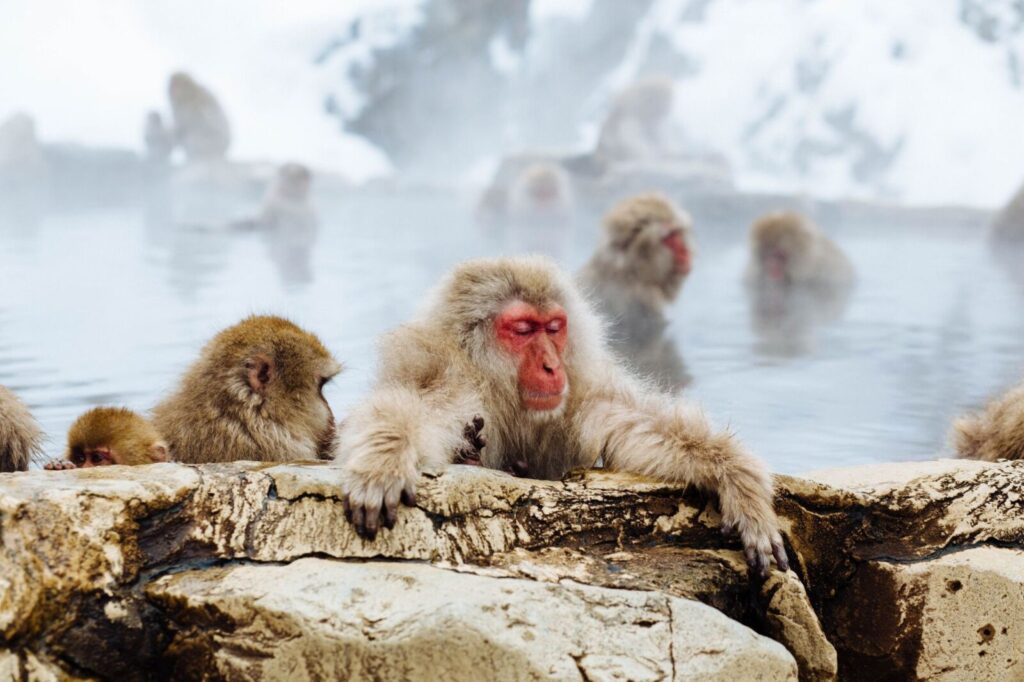
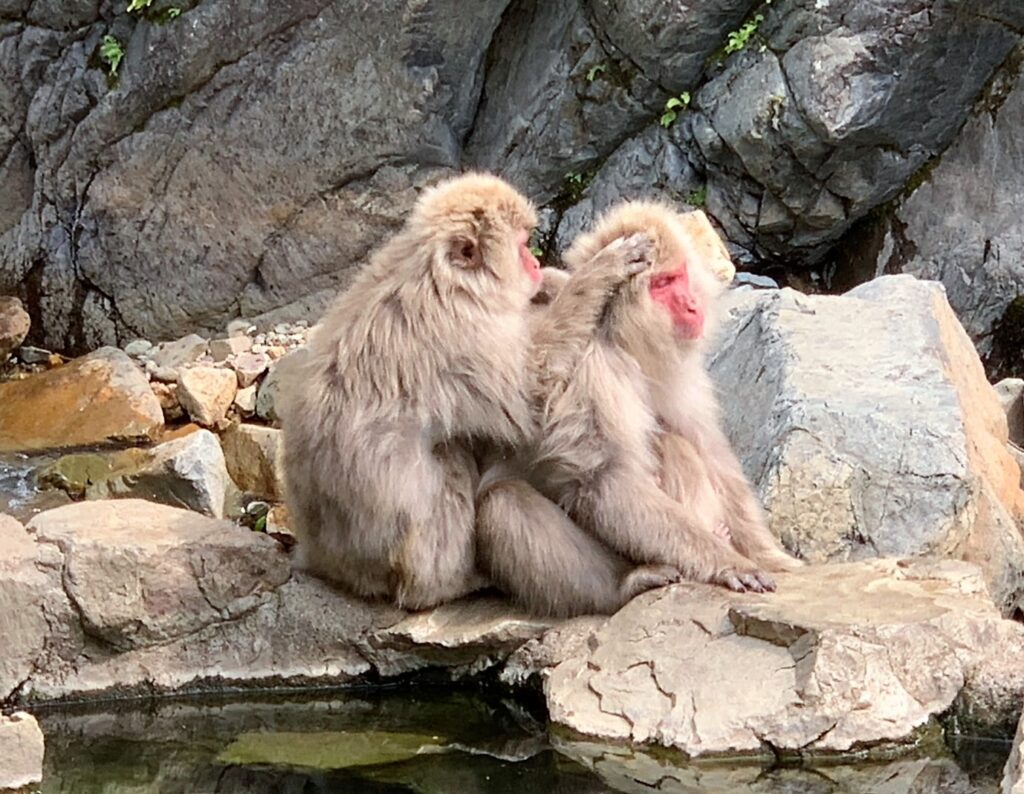
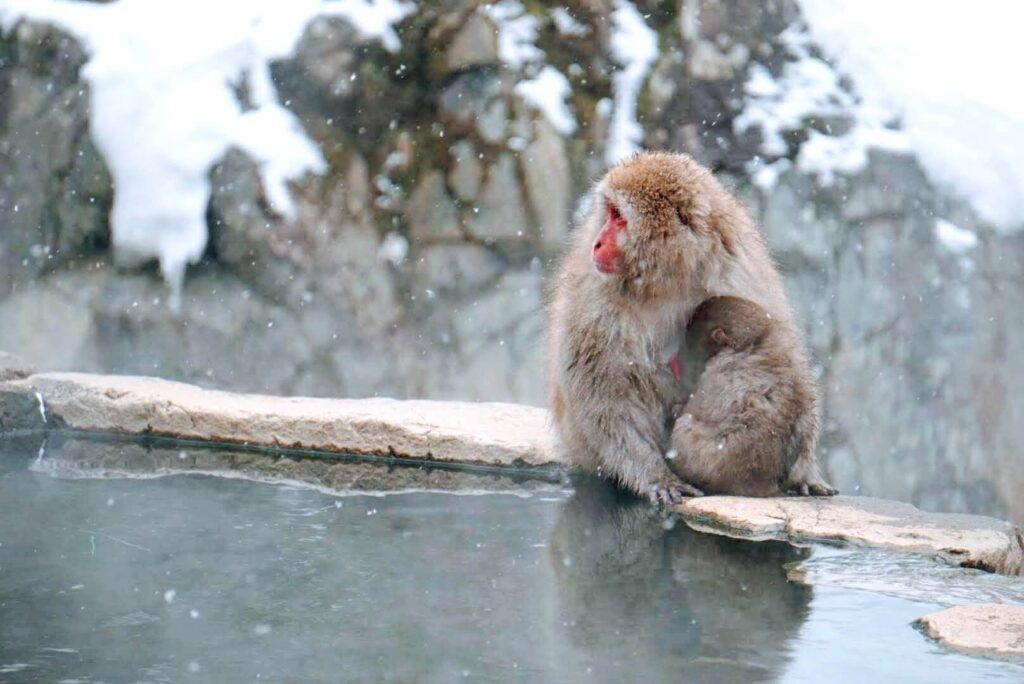
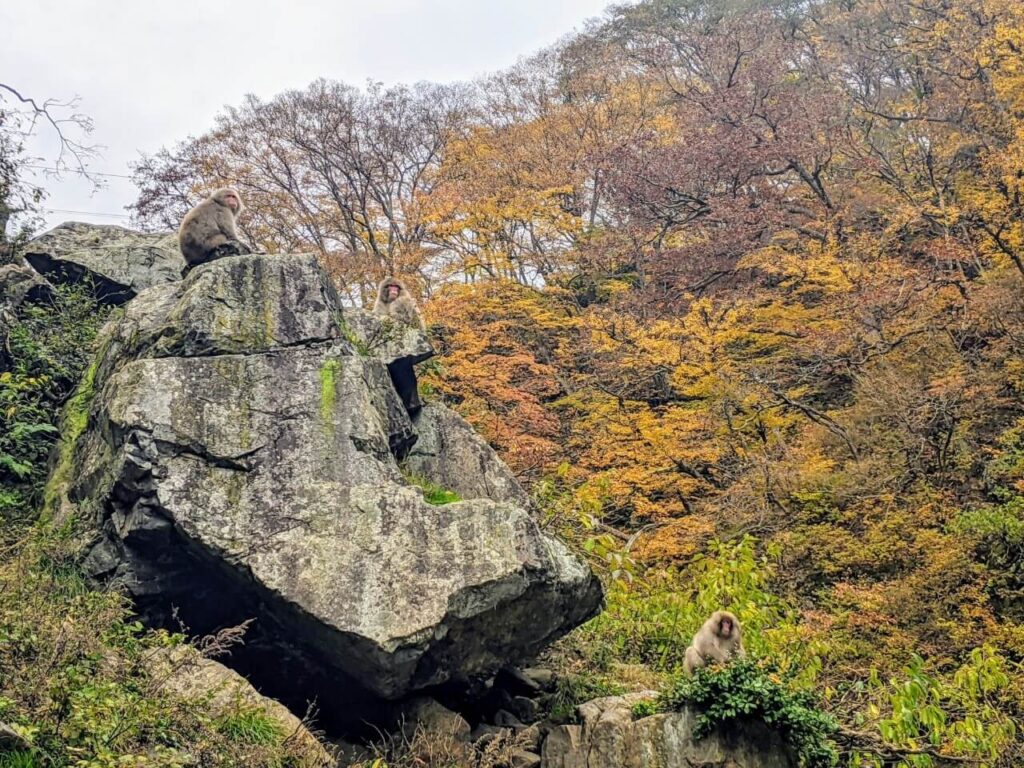
WHERE IS THE JIGOKUDANI MONKEY PARK?
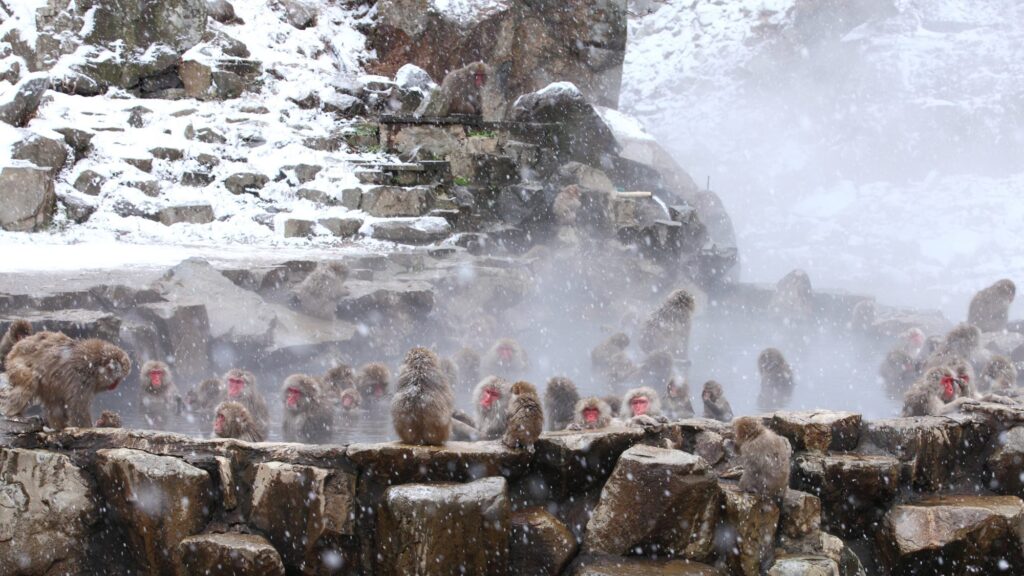
The Jigokudani Monkey Park – often referred to as the Snow Monkey Park – is around 35KM / 50-minutes to the north-east of central Nagano City. Open every day, the monkeys come to the park through the year making it one of Nagano’s most popular attractions, When heading to the park using public transport, it will be easiest to do so from Nagano Station, from where an express bus runs directly to Kanbayashi Onsen – where the park is located – or alternatively, you can take the Nagano Dentetsu railway to Yudanaka Station – the nearest train station to the park – and from there, take a local bus to the park. Both options take around 50 to 55-minutes in total to get here. The park is located in the small hot spring village of Kanbayashi Onsen, which itself is located in the wider region of Yamanouchi – a region including the park, multiple hot spring villages, Shiga Kogen Ski Resort, the smaller ski resorts of Kita-Shiga Kogen and Joshinetsu Kogen National Park. Within easy reach of Nagano City, visiting the monkey park as a day-trip is easy while also providing lots of reasons to stay in the area on a multi-day visit.
Recommended Highlights
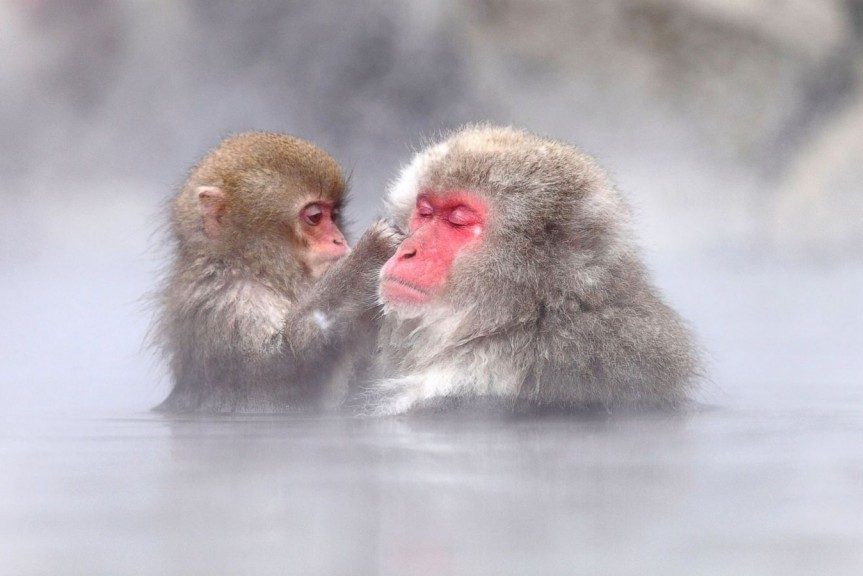
Experience the World-famous Monkeys of Jigokudani
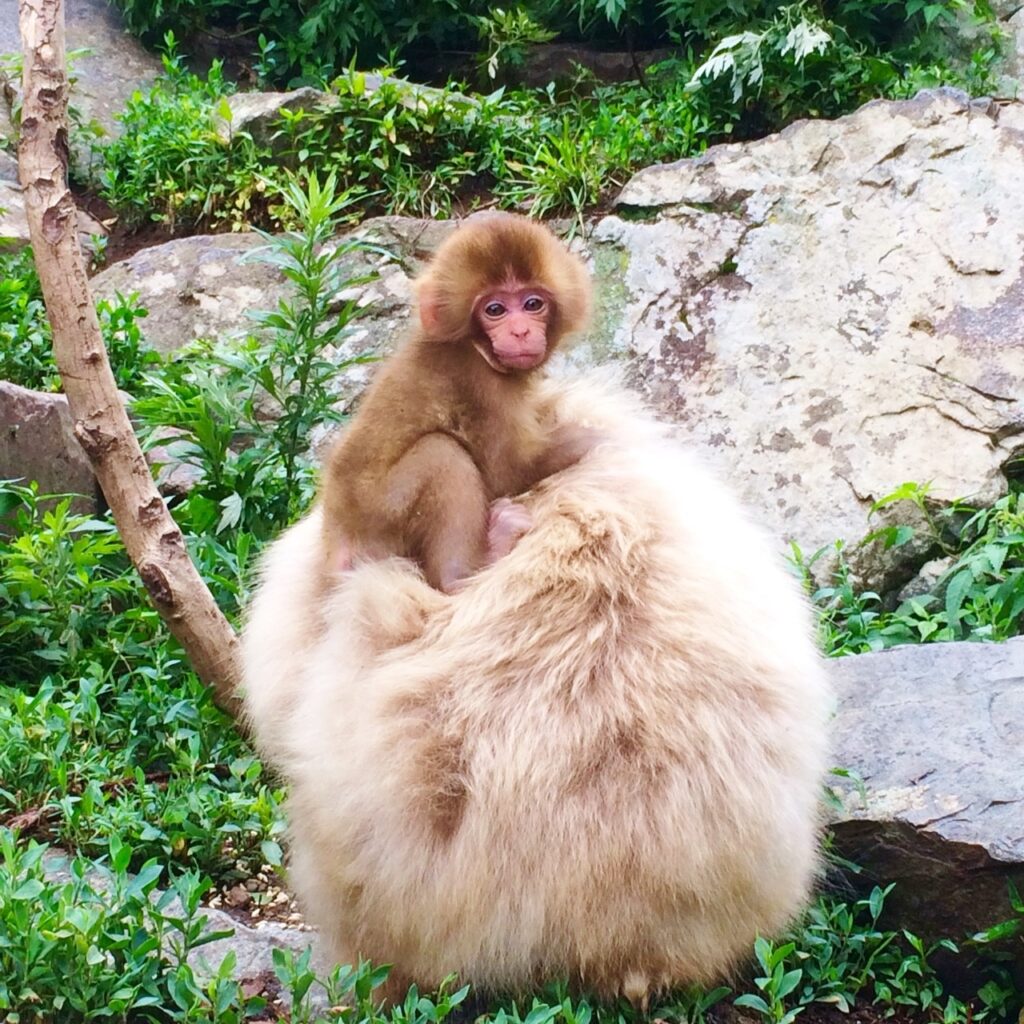
Experience the World-famous Monkeys of Jigokudani
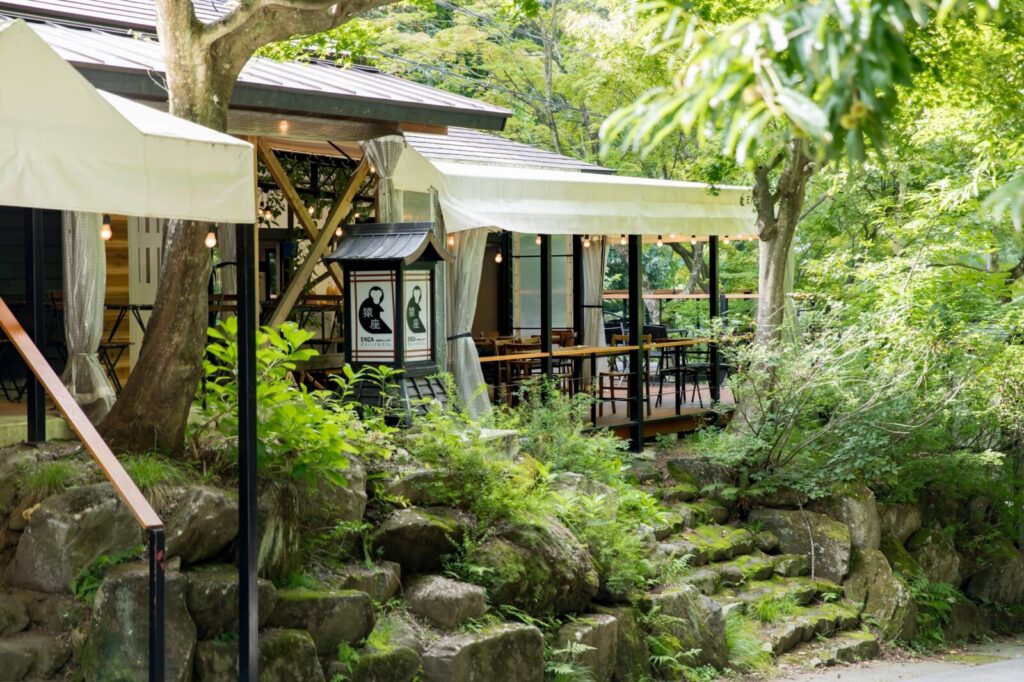
Experience the World-famous Monkeys of Jigokudani
THE HISTORY OF THE MONKEY PARK
The founding of the park is thanks to a man called Sogo Hara. An employee of the Nagano Electric Railway (Nagano Dentetsu), Hara was a keen hiker who discovered the original troop while trekking through an area known as Jigokudani, or the ‘Valley of Hell’, in 1957. The area was named as such due to its steep mountains and the smell of sulphur emitting from the natural hot springs that bubble to the surface in the valley. Hara marveled at the monkeys and from that point onward became entwined in their future and story.
At that time the monkeys faced several threats due to human encroachment into their native habitat, and had no choice but to migrate to the lower mountain regions, including Jigokudani, and into areas of human habitation in Yamanouchi. At this point they entered into conflict with local farmers whose crops they raided. Sogo Hara, seeing the need to fix this issue, decided to lure the monkeys back to the mountains with the help of the owners of a local inn, the Korakukan.


